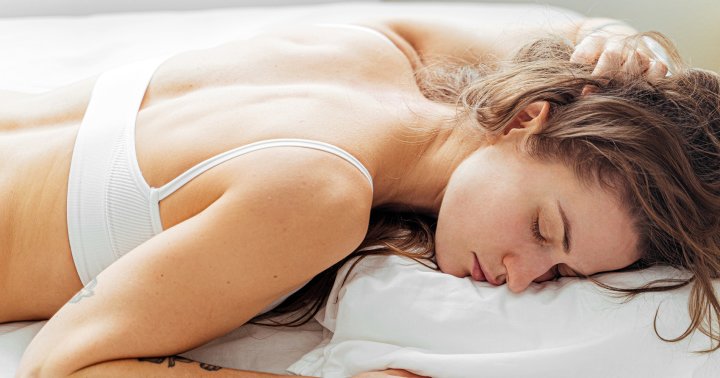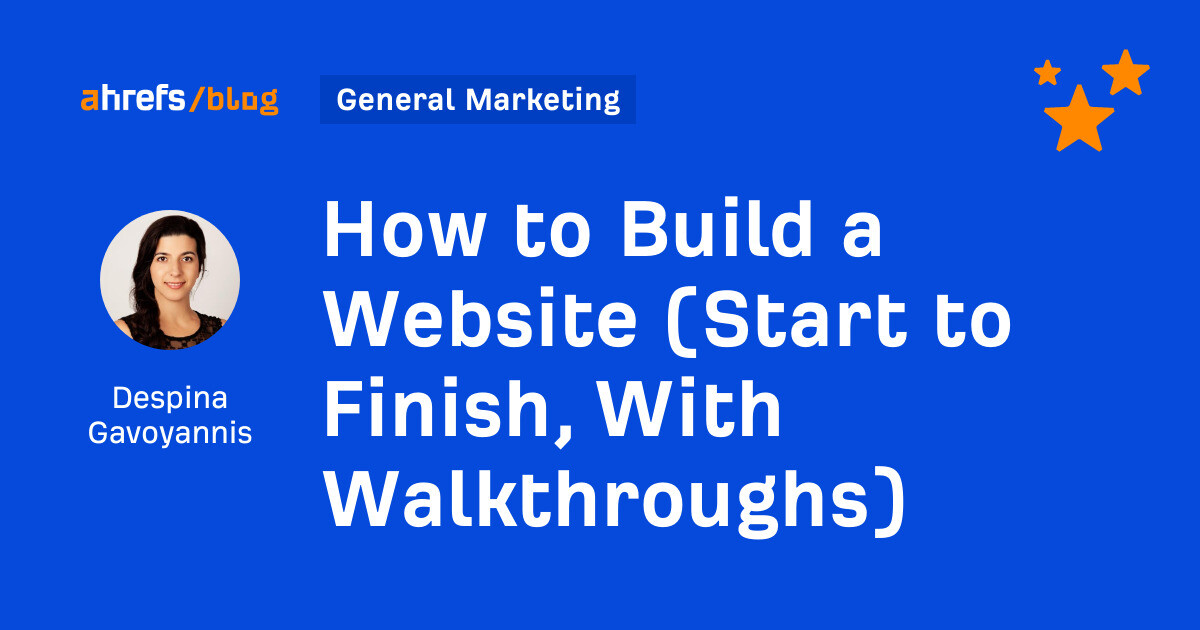How Long Does It Take To Get Flexible? What You Need To Know About Reaching Your Mobility Potential
The post How Long Does It Take To Get Flexible? What You Need To Know About Reaching Your Mobility Potential appeared first on The Yoga Nomads.
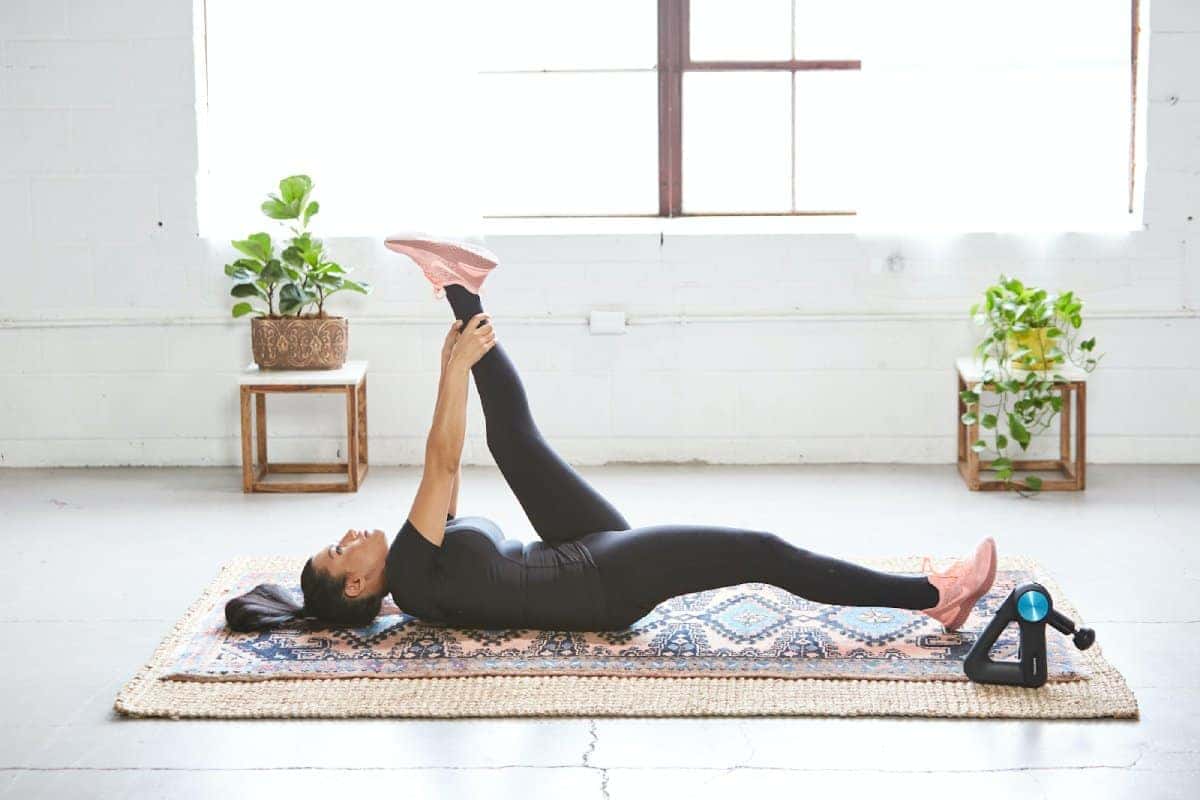
You finally got the courage to attend your first yoga class. The teacher welcomed you in, and you enjoyed the calming music and relaxing environment.
But after just a few yoga poses, you encountered a problem – your body was extremely tight.
You looked around the room and saw the other students effortlessly folding forwards and reaching their toes. So why did your body feel so stiff that you could hardly move?
As you tried to hide your embarrassment, your mind went into overdrive…
Why can I not forward fold? How long does it take to get flexible? How can I increase my flexibility fast?
In this article, we answer all these burning questions and more. So let’s get straight into it so you can improve your mobility and return to yoga class without feeling self-conscious.
What Causes Lack Of Flexibility?
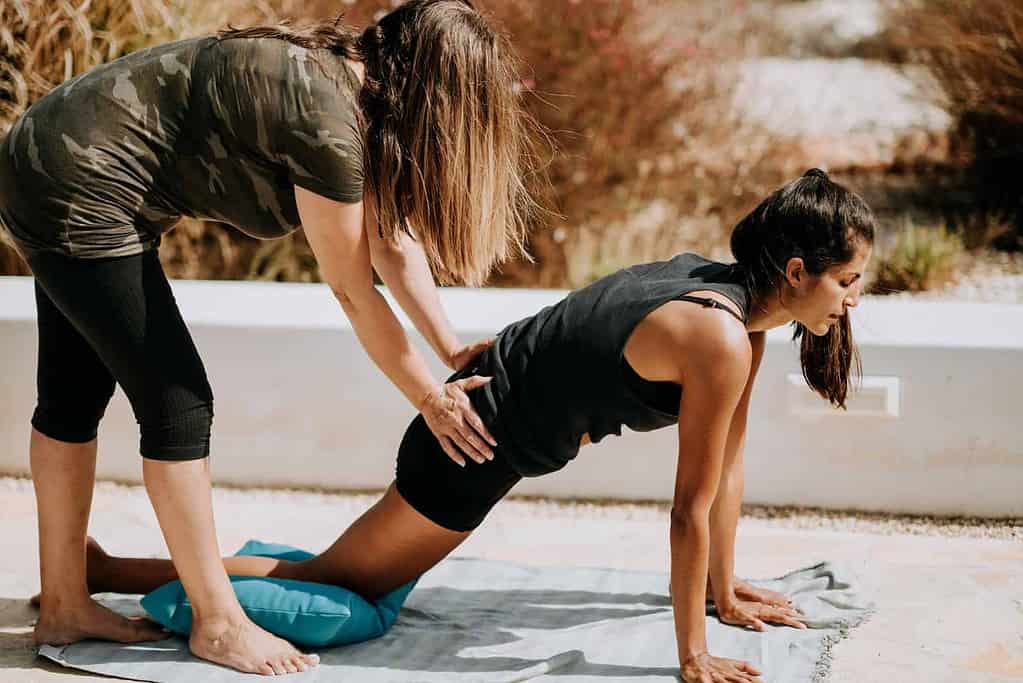
There are many reasons why you may experience poor flexibility. One of the most common is a sedentary lifestyle. If you spend your working hours sitting at a desk and most of your free time on the couch, your lack of exercise may be the culprit.
People who are inflexible due to a sedentary lifestyle typically have tight hamstrings caused by sitting on a chair for long periods. Many also develop poor posture, which affects their spinal mobility. Combined, this makes it very difficult for some people to touch their toes when they fall forward.
But here’s some (kind of) good news. Your lack of flexibility may not be your fault.
Yes, flexibility can be down to genetics. We all have different body shapes and structures, which determine our flexibility and mobility. This is why you shouldn’t compare your flexibility to others. An important aspect of flexibility training is understanding your body’s limitations and respecting them.
Flexibility Vs. Mobility
Our body structure typically affects our mobility more than flexibility. So what’s the difference, I hear you ask.
Flexibility refers to how much a muscle or muscle group can lengthen. In contrast, mobility refers to the range of motion of a joint.
Our bone structure can determine our mobility as bone formation controls how joint surfaces slide, spin, and roll across each other. For example, our pelvis’s shape affects how far we can fold forward.
The male pelvis is generally taller, narrower, and more compact than the female pelvis, which is larger and broader but less dense. The female pelvis shape makes it easier for women to fold forwards than men, which is why many men struggle with forward folds.
What Type Of Stretching Improves Range Of Motion?
Did you know there are three types of stretching? Static, dynamic, and PNF (Proprioceptive Neuromuscular Facilitation). They all serve different purposes, so let’s look at each one.
Static Stretching Vs Dynamic Stretching
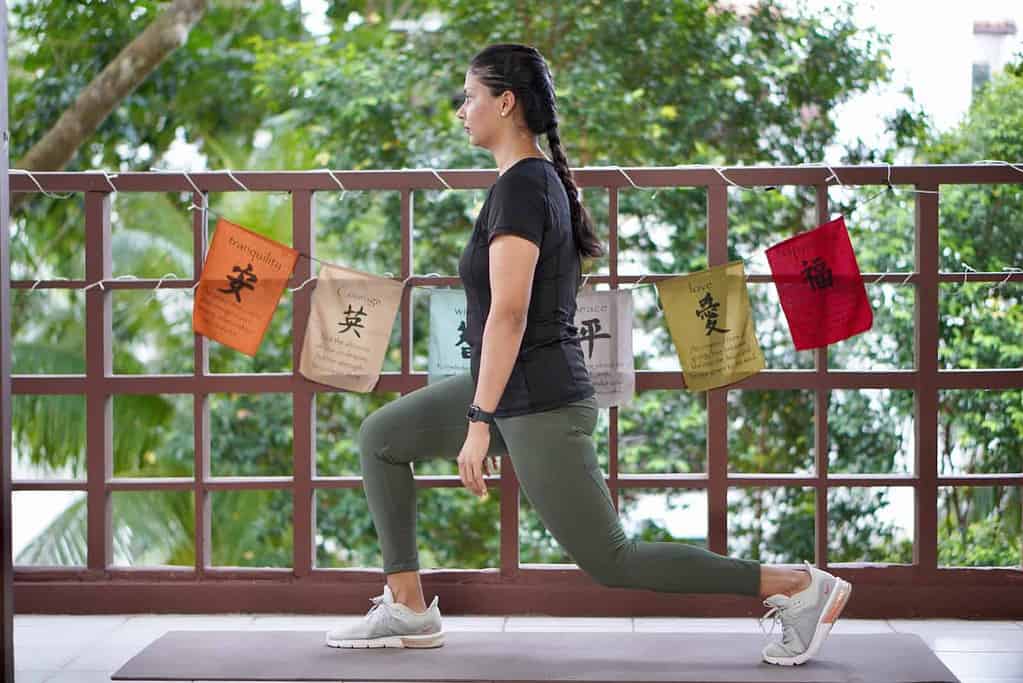
Static stretches are passive stretches, meaning you hold still while stretching a muscle. You typically maintain a static stretch for between 20 and 45 seconds and repeat them two or three times. With static stretching, you go as far into a stretch as you can without feeling pain.
Dynamic stretching is an active way of moving joints and muscles with sports-style movements. Rather than holding each stretch, you come in and out, performing 10-to-12 repetitions.
Dynamic stretches tend to target particular muscle groups rather than individual muscles. Examples include walking lunges, hip circles, shoulder circles, and leg pendulums (swinging one leg back and forth or side to side).
Static stretching is a highly effective way to increase flexibility and range of motion. However, it’s important to first warm up your muscles before coming into these types of stretches. This is because stretching cold muscles can lead to injury, doing more harm than good.
PNF Stretches
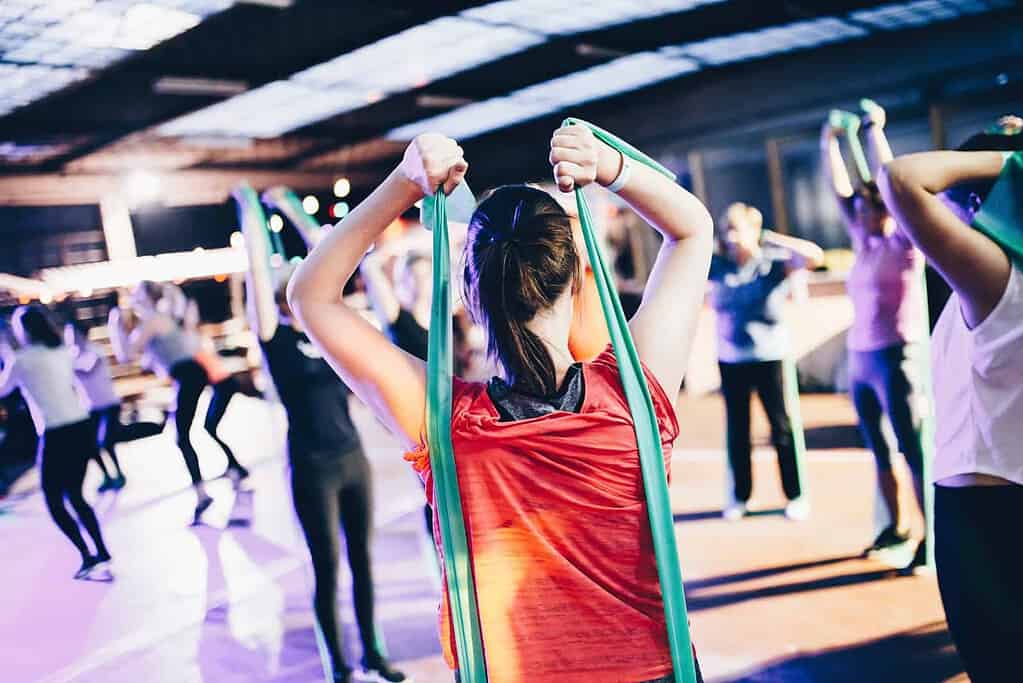
PNF (Proprioceptive Neuromuscular Facilitation) is a more advanced form of flexibility training. It refers to a significant muscle group being passively stretched and then contracted isometrically against resistance while the stretch is held.
PNF stretches are often used by physical therapists and fitness coaches to help their clients increase flexibility and improve muscular function. You need to use some form of resistance when stretching in this way, either from a training partner or with a resistance band.
Interestingly, research has found that PNF stretching can improve your range of motion more effectively than other stretching styles. For example, a study compared the mobility progress of a group of people doing static stretches and a group doing PNF stretches. They found the PNF stretching group gained more hip mobility at the end of the six-week study than the passive stretching group.
Therefore, it’s well worth self-PNF stretching techniques to your stretching routine. One common PNF stretch you can try is a reclined leg stretch using a resistance band or yoga strap. Place the band over the sole of your foot and gently pull the leg towards you, increasing the stretch until you reach your maximum.
You can also do a PNF-style seated forward fold. Place the strap or band over the soles of your feet and gently pull yourself forwards towards your thighs. Keep the spine straight, aiming to bring the chest to the toes.
Ballistic stretching
Ballistic stretching is similar to dynamic stretching as it combines active extension with bouncing or ballistic motions. However, this style is not recommended as it creates greater tension in the muscle fibers and increases the risk of injury.
How Long Does It Take To Get Flexible?
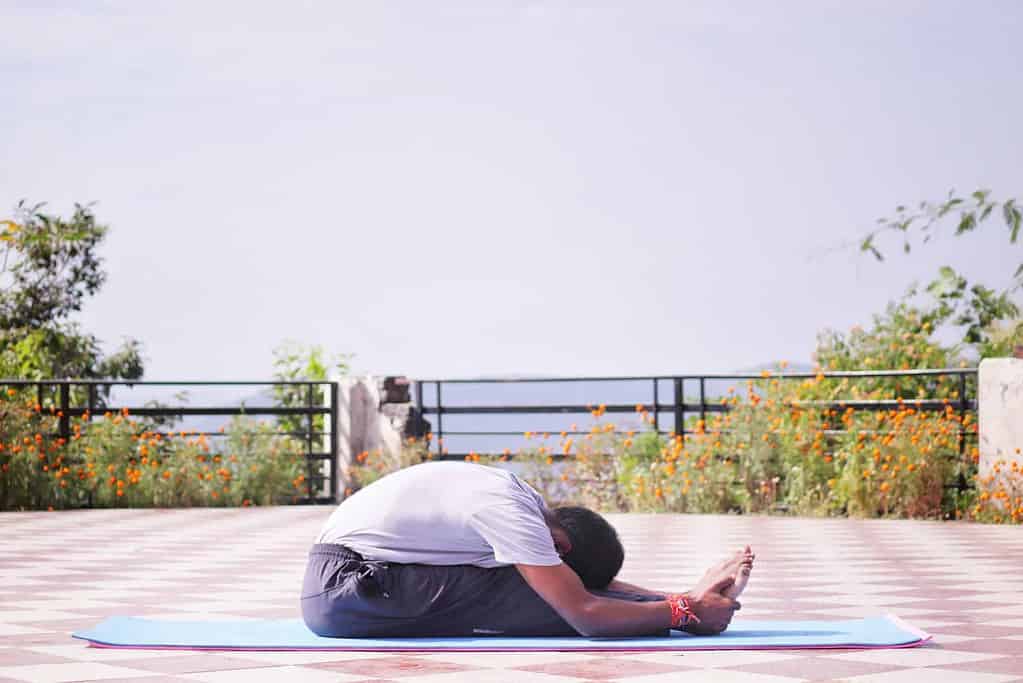
As all our bodies are different, the time it takes to get more flexible differs. Moreover, it’s important to remember that your genetics or body structure may prevent you from becoming as flexible as you like.
Even so, most people see noticeable changes in their range of motion within two to four weeks of consistent stretching practice.
A study performed on older adults between 67 and 80 found that all participants noticed increased mobility after three weeks of flexibility training five times per week.
How Often Should I Stretch?
Regular stretching sessions are crucial to achieving noticeable changes in your range of motion. Ideally, you should do a short stretching routine every day. However, if this is not possible, aim for at least 3 days a week.
A research study was carried out on three groups of people to determine the optimum stretching sessions needed to improve the range of motion. The first group stretched once per week, group 2 stretched three times per week, and group 3 did five times per week.
The study found a significant difference in flexibility improvement between group 1 and group 3 but little difference between groups 2 and 3. Thus, the minimum amount of sessions recommended per week is 3.
The good news is you don’t have to do an entire 1-hour yoga class to notice a difference in your flexibility. If you stretch for 10 to 15 minutes a few times a week, you’ll likely see a difference within a few weeks. Consistency is far more important than duration.
Top Static Stretching Exercises & Yoga Poses To Improve Flexibility
New to stretching? No worries, as below, I’m sharing my top three stretches for increasing flexibility.
Butterfly Pose
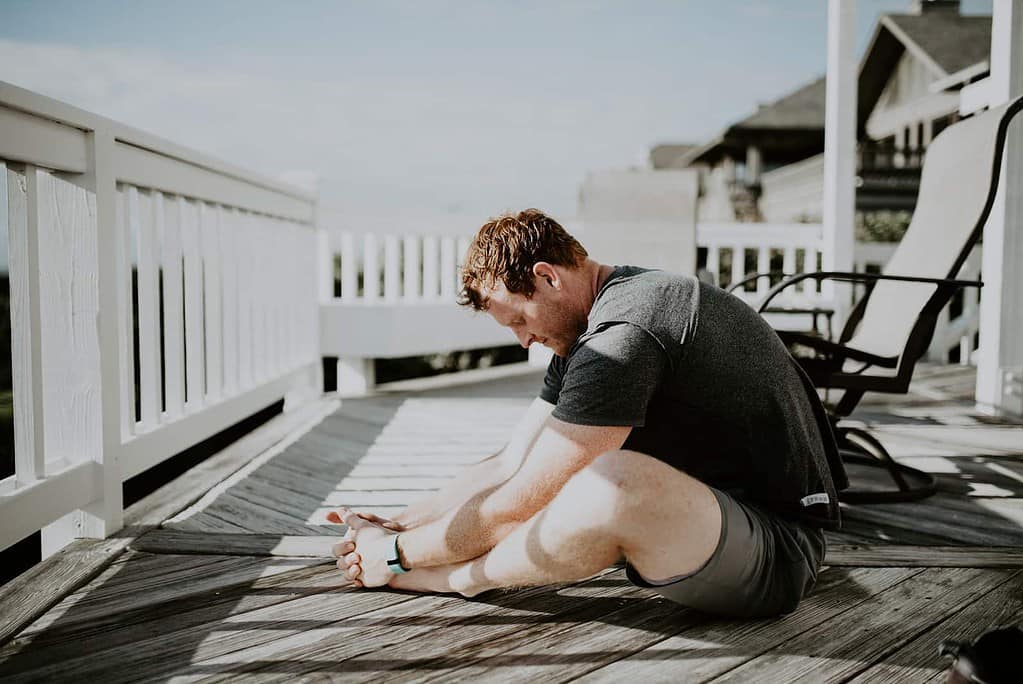
Butterfly Stretch (or Butterfly Pose as it’s known in yoga) is an excellent stretch for the hip flexors and the groin. To do this stretch, find a seated position and bring the soles of the feet together, opening the knees to the side. Then, energetically press the knees down and either stay upright or lean forwards.
Wide-Legged Seated Forward Fold
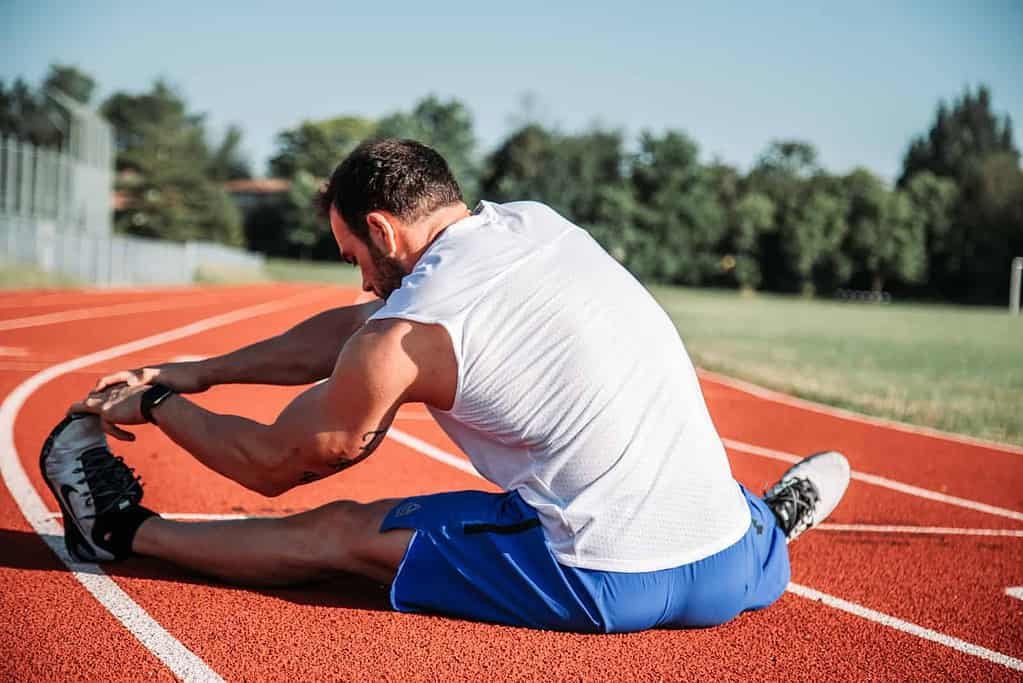
There are many excellent stretches for tight hamstrings, including seated or standing forward folds. A wide-legged forward fold doesn’t just stretch the hamstrings. It also extends the calves, hips, and spine, helping promote a full range of motion in the entire lower body.
Downward-facing Dog
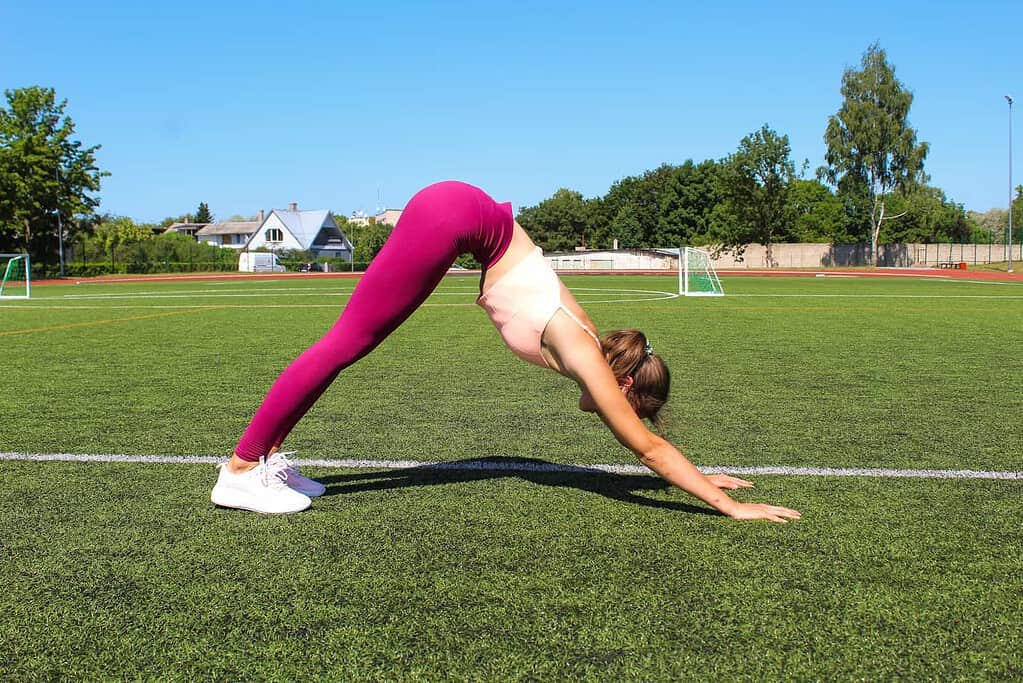
This yoga pose is for you if you want to stretch your entire body. The downward-facing dog effectively stretches the legs, arms, and back and improves spinal mobility. If your hamstrings are tight, keep your knees bent. Instead, focus on straightening the arms, lifting the hips, and pressing the chest towards the thighs.
What Equipment Do I Need For Flexibility training?
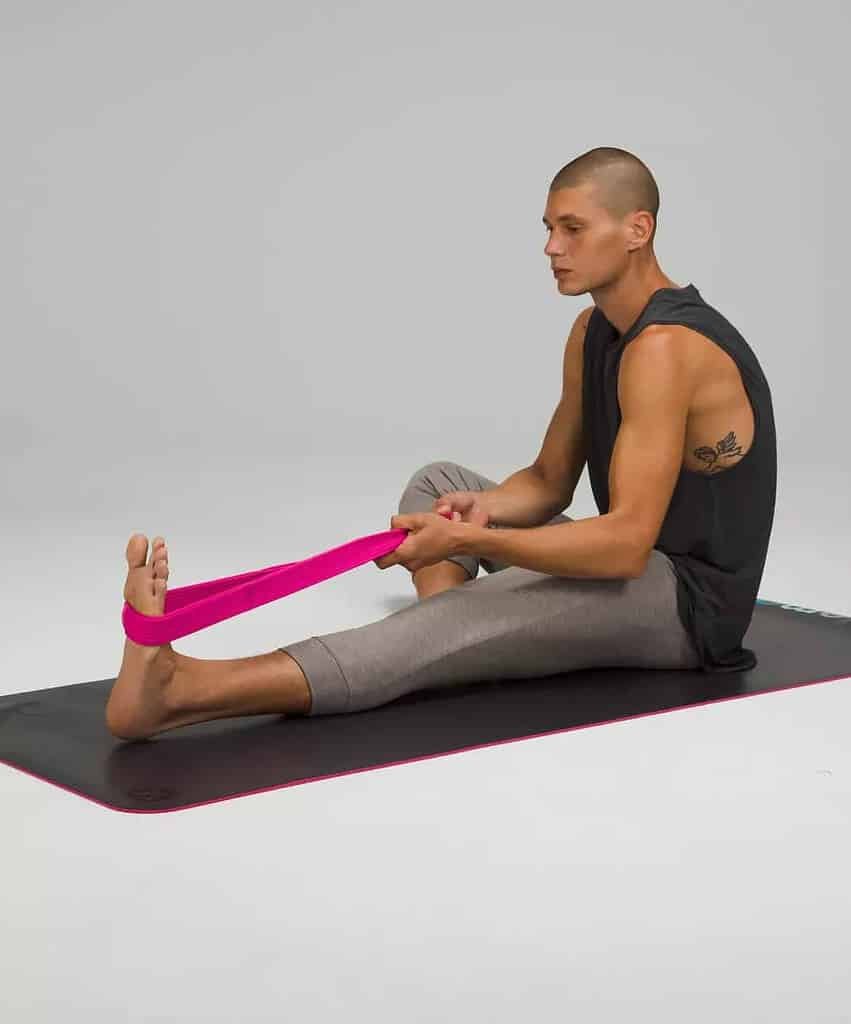
A yoga mat is all you need to get started with your new stretching practice.
You can find hundreds of yoga mats nowadays, but you can’t go wrong with The Workout Mat by Lululemon. This 6mm mat can be used for exercise training, stretching exercises, and yoga styles. It’s also durable enough to use with shoes or weights, so you can do an all-in-one workout with high-intensity moves, weight lifting, and stretching.
If you want to include some PNF stretching, you’ll also need a resistance band or a yoga strap. I use The Stretching Strap by Lululemon as its stretchy, padded style allows you to reach your full range of motion in resistance stretching.
Tips For Improving Flexibility Fast
Have you been stretching for a few weeks but are yet to see any positive change? If so, try the tips below.
Try Foam Rolling
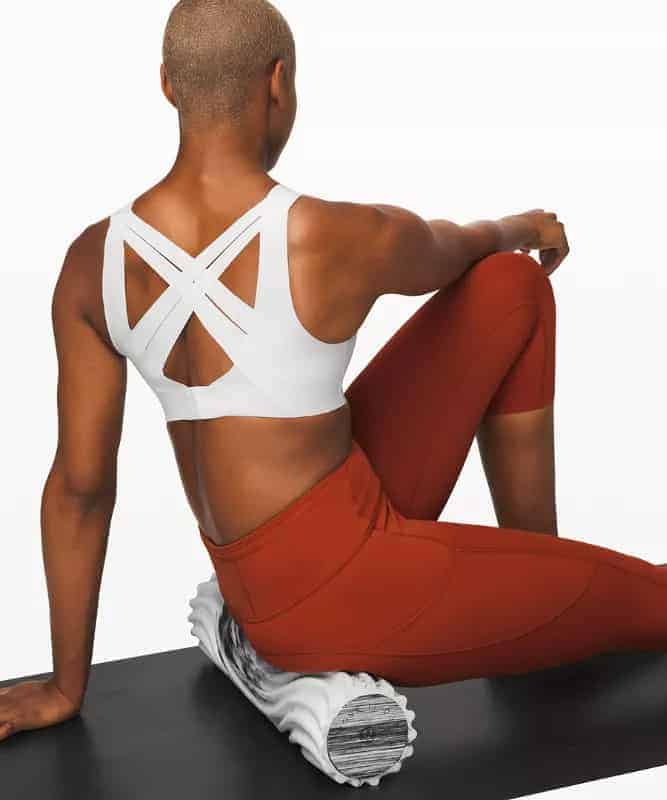
Foam Rolling is a self-myofascial release (SMR) technique that helps to break up knots in the connective tissue and release fascia, similar to Yin Yoga. It also boosts blood flow, reduces tissue tension, and increases muscle flexibility. Therefore, a foam roller is a handy tool for stretching or yoga practice.
There are many excellent foam rollers on the market, but I can’t get enough of the Lululemon Double Roller. Unlike the cheaper alternatives, it doesn’t lose shape after continued use. Plus, the double rolling function gives precise technique and optimum pressure for the arm, legs, and back.
Incorporate Cardio & Strength Training
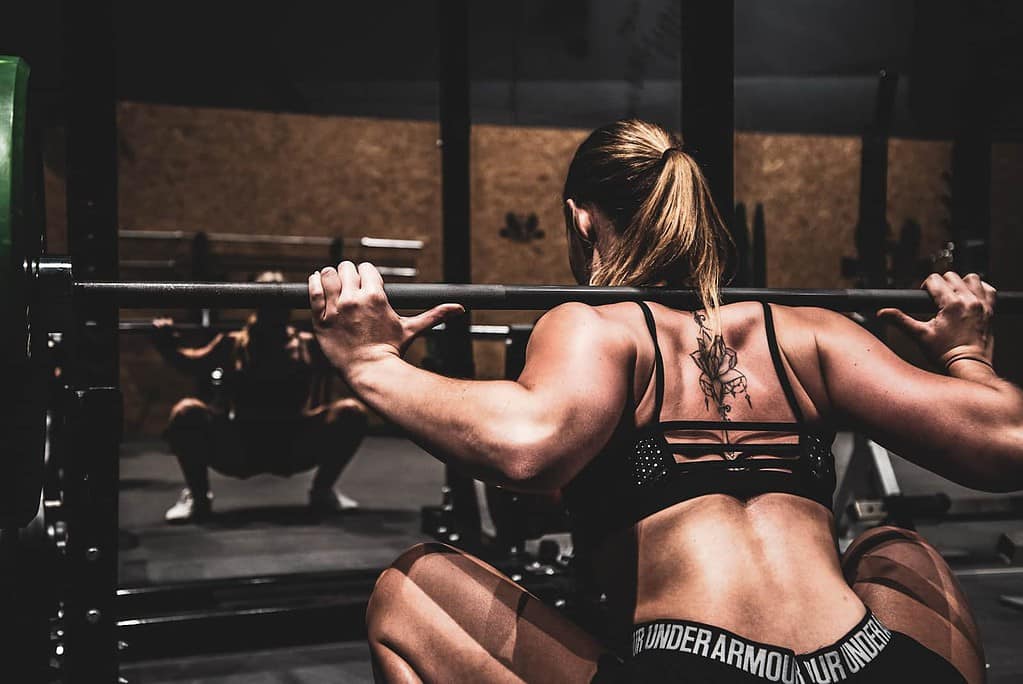
The common myth is that strength training reduces flexibility, but this is not the case. In truth, if you balance strength and flexibility training, you can increase your flexibility quicker than just stretching.
This is true for all types of exercise, including cardio. When appropriately performed through a full range of motion, exercise helps increase flexibility. What’s more, by doing weight training and stretching, you’ll also increase your muscle strength.
Check Your Diet

Did you know there is a link between food and flexibility? For example, suppose your body is deficient in a particular nutrient, like potassium, sodium, or essential fatty acids. In that case, you’ll struggle to achieve a full range of motion.
I recommend taking a high-quality Omega 3-6-9 supplement like this one from Nature Made, as these fatty acids help to lubricate your joints, which in turn, improves mobility. In addition, Zenwise does an excellent vegan alternative made from plant-based Algal oil for those who don’t consume fish products.
Lastly, natural muscle relaxants like magnesium bath salts can also be beneficial for relieving muscle stiffness and soreness. I love using the Ancient Minerals Magnesium Bath Flakes, which are incredibly relaxing for both body and mind.
Benefits Of A Consistent Stretching Routine
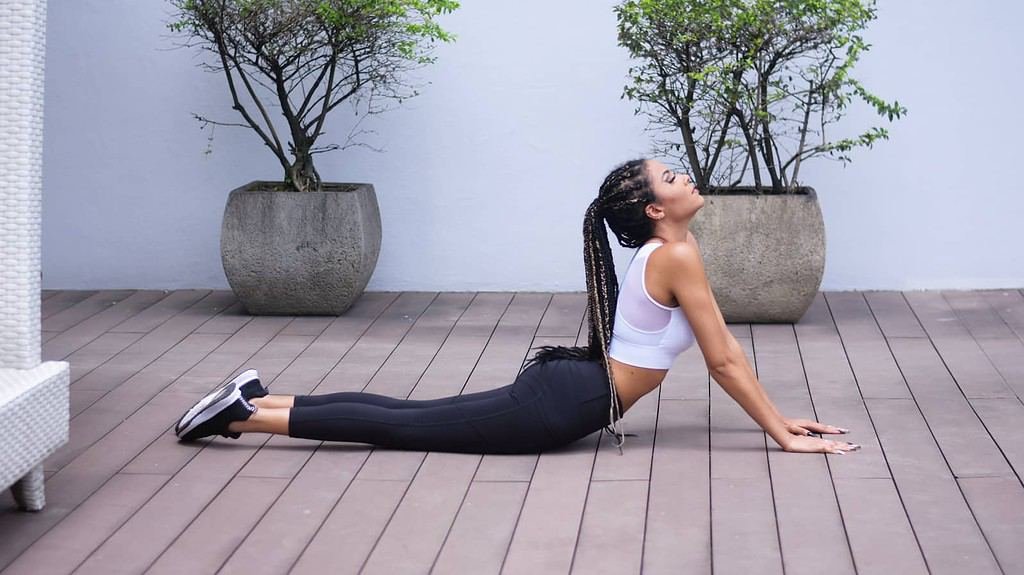
So why should you dedicate time and effort to increasing your flexibility?
Sure, a regular flexibility training routine will make those challenging yoga poses feel easier. However, stretching has many more benefits that you may not release.
Lower injury risk – Various research studies have found that increasing the flexibility of muscles decreases the number of injuries you’ll get. This is because stretching your muscles makes them fluid, pliable, and less prone to injury. Less chance of muscle cramps – Don’t you hate it when you’re working out and your leg cramps up? Well, research suggests that stretching provides instant relief from cramps and spasms and reduces the chance of getting them again. Reduction in chronic pain (or prevention) – Inflammation is one of the most common causes of chronic pain. When we stretch, we improve our joints’ alignment, reducing inflammation. This is why a regular stretching routine has been shown to heal and prevent acute back pain. Improved circulation – Research has found that regular leg stretching can improve blood circulation. Increased circulation lowers your risk of heart disease and stroke. The study followed a group of people who performed four leg stretches five times a week for 12 weeks. Researchers found this group had better blood flow and less stiffness in their legs after the 12 weeks than the other group who did not stretch. Healthy nervous system – Static stretching activates the parasympathetic nervous system, which promotes relaxation. Thus, doing a few yoga poses at the end of each day can help to rebalance your nervous system, releasing any stress accumulated throughout the day. Overall better quality of life – Finally, increased flexibility and mobility will benefit your life in many aspects. You’ll have more energy and stamina, improved posture, and be less likely to experience pain and certain medical positions as you age.Conclusion
So let’s recap, how long does it take to get flexible? If you stretch three to five times, you should see some improvement within a few weeks. But remember, we all have unique body structures, so while regular stretching will undoubtedly improve your mobility, you may still not be able to do the splits!

 ShanonG
ShanonG 











